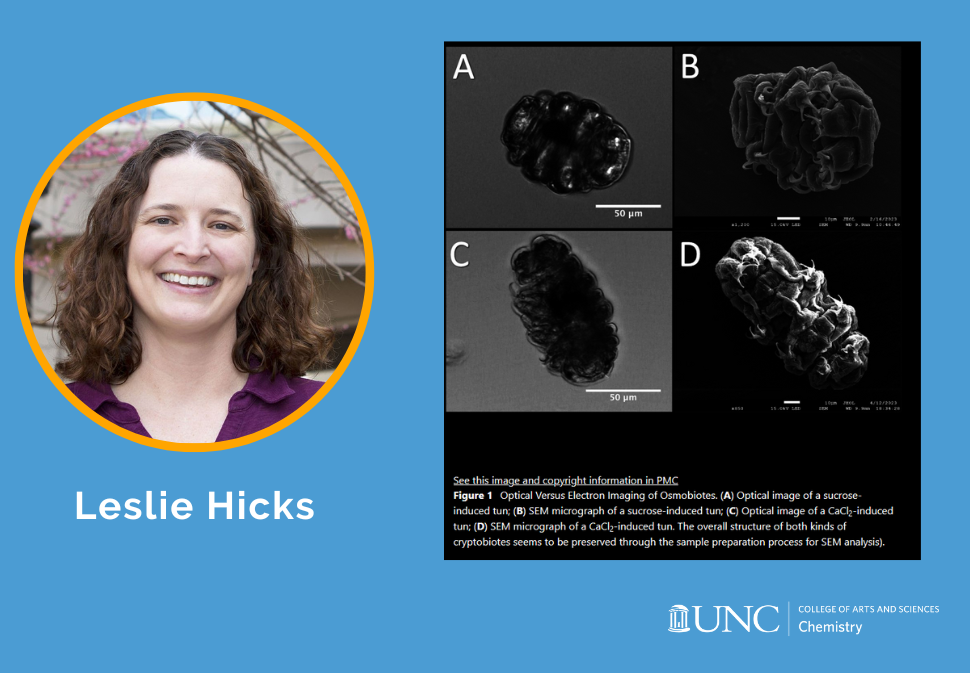Fluorescence shadow imaging of Hypsibius exemplaris reveals morphological differences between sucrose- and CaCl2-induced osmobiotes
Abstract
Tardigrades are renowned for their ability to survive a wide array of environmental stressors. In particular, tardigrades can curl in on themselves while losing a significant proportion of their internal water content to form a structure referred to as a tun. In surviving varying conditions, tardigrades undergo distinct morphological transformations that could indicate different mechanisms of stress sensing and tolerance specific to the stress condition. Methods to effectively distinguish between morphological transformations, including between tuns induced by different stress conditions, are lacking. Herein, an approach for discriminating between tardigrade morphological states is developed and utilized to compare sucrose- and CaCl2-induced tuns, using the model species Hypsibius exemplaris. A novel approach of shadow imaging with confocal laser scanning microscopy enabled production of three-dimensional renderings of Hys. exemplaris in various physiological states resulting in volume measurements. Combining these measurements with qualitative morphological analysis using scanning electron microscopy revealed that sucrose- and CaCl2-induced tuns have distinct morphologies, including differences in the amount of water expelled during tun formation. Further, varying the concentration of the applied stressor did not affect the amount of water lost, pointing towards water expulsion by Hys. exemplaris being a controlled process that is adapted to the specific stressors.
Keywords: Cryptobiosis; Microscopy; Tardigrades; Volume.Citation
Flinn BB, O'Dell HM, Joseph KM, Smythers AL, Neff DP, Hicks LM, Norton ML, Kolling DRJ. Fluorescence shadow imaging of Hypsibius exemplaris reveals morphological differences between sucrose- and CaCl2-induced osmobiotes. Sci Rep. 2024 May 23;14(1):11845. doi: 10.1038/s41598-024-61374-y. PMID: 38782941; PMCID: PMC11116526.


